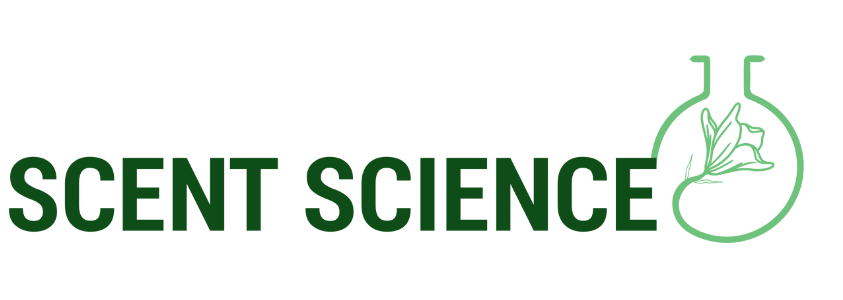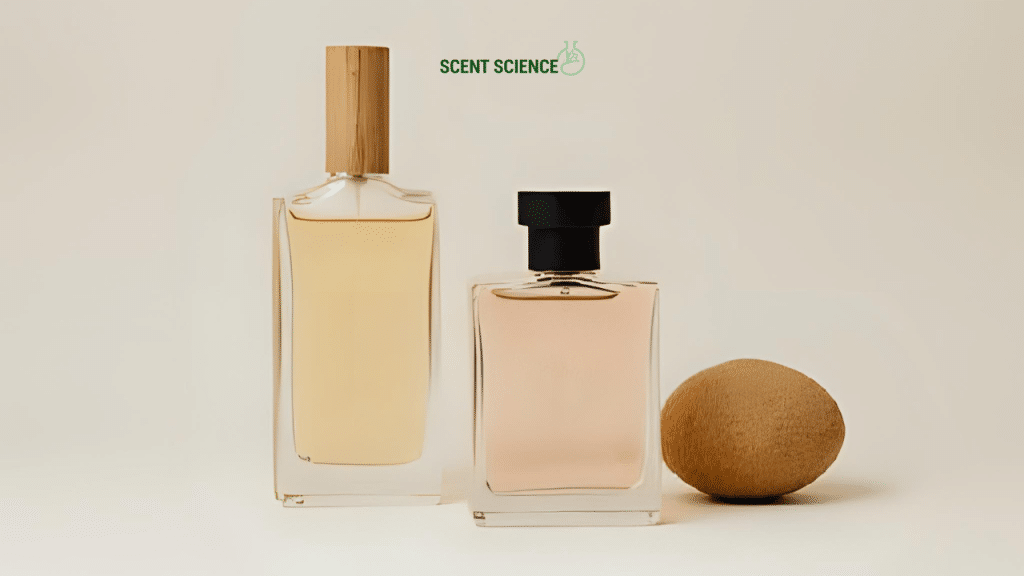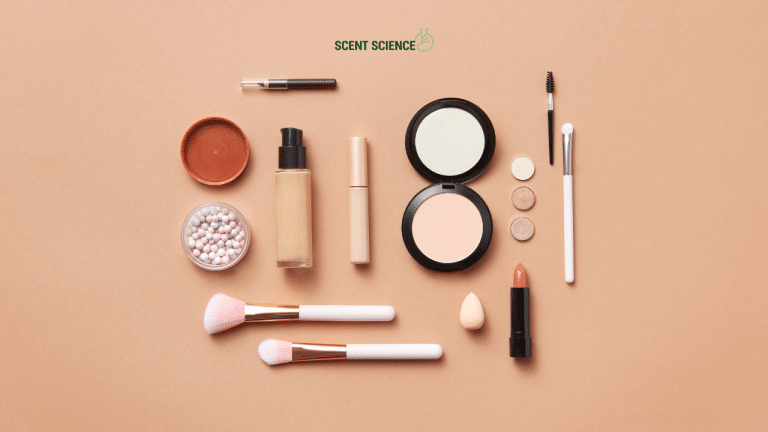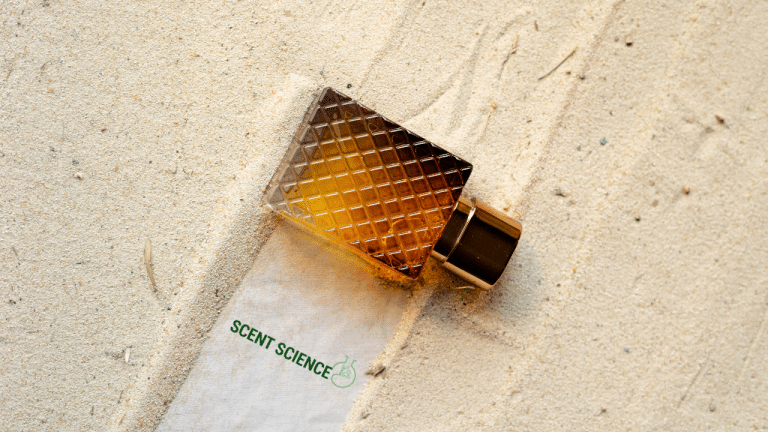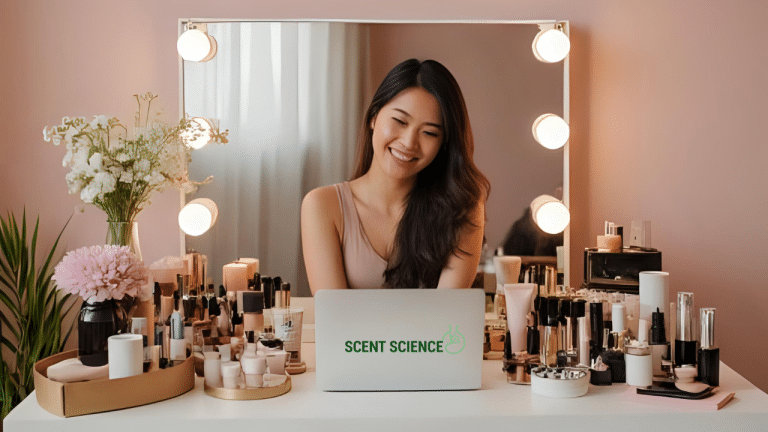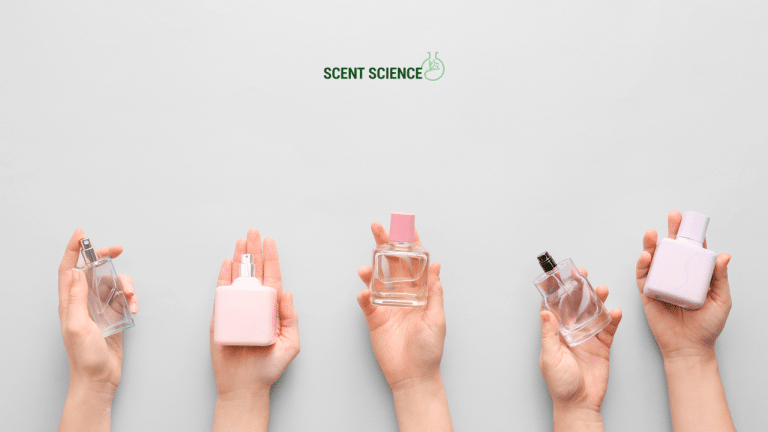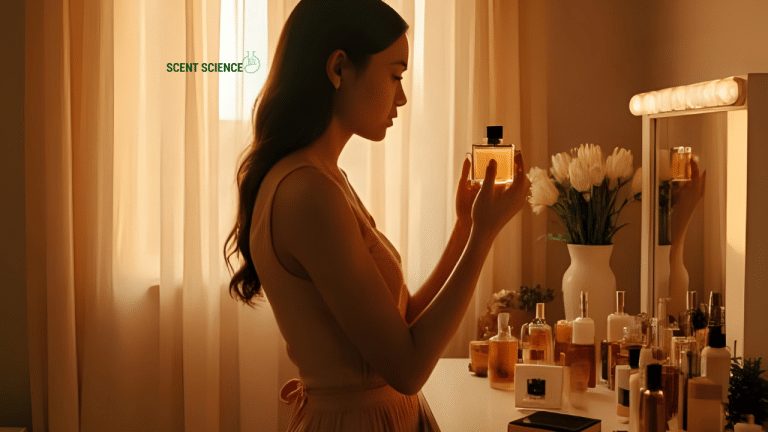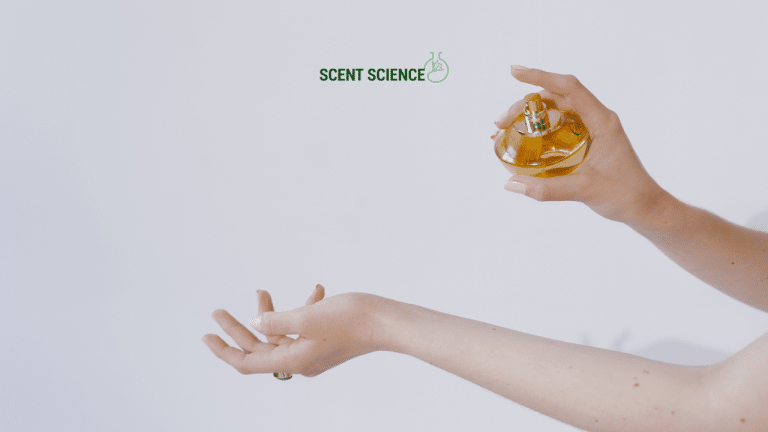Picture this: You’re testing two exquisite fragrances. One was crafted by a master perfumer with 30 years of experience, trained in the legendary halls of Grasse, France. The other was designed by an AI system that analyzed 10 million scent combinations in the time it took you to read this sentence. This scenario is increasingly common as AI and human perfumers collaborate in scent creation, each bringing unique strengths to the table.
Can you tell which is which? Plot twist: you probably can’t.
Welcome to the most fascinating battle in the beauty industry – AI vs human perfumers. We’re witnessing a revolution where algorithms can now identify the next bestselling fragrance with 85% accuracy, while master perfumers are using machine learning to push creative boundaries they never imagined possible. This blend of technology and tradition is transforming the landscape, as AI in fragrance development becomes a cornerstone of modern perfumery.
This isn’t just about technology versus tradition. It’s about the future of creativity itself, and the results might surprise you.
Table of Contents
ToggleThe Old Guard: Why Human Perfumers Have Ruled for Centuries
For over 4,000 years, fragrance creation has been pure human artistry.
Master perfumers – or “noses” as they’re called in the industry – spend decades training their olfactory memory to recognize and combine thousands of individual scent molecules. These are the people who can smell a rose and identify not just the flower, but the specific region where it was grown, the time of year it was harvested, and how it will behave in a complex fragrance formula.
The Human Advantage That Seemed Unbeatable
Emotional Intelligence in Scent
Human perfumers don’t just create pleasant smells – they craft emotional experiences. When Thierry Wasser created “La Petite Robe Noire” for Guerlain, he wasn’t just combining ingredients. He was translating the feeling of confidence, femininity, and Parisian elegance into scent molecules.
Cultural Intuition
A human perfumer understands that Western consumers associate vanilla with comfort and luxury, while Middle Eastern markets prefer intense oud combinations. They read cultural shifts, social trends, and generational preferences in ways that seemed impossible to replicate artificially. These insights are crucial as the industry explores mood-based fragrances that adapt to cultural and emotional contexts.
The “Happy Accident” Factor
Some of the world’s most beloved fragrances were born from human mistakes and intuitive experimentation. Chanel No. 5’s distinctive character came from a perfumer accidentally overdosing aldehydes in the formula.
Personal Storytelling
Master perfumers create fragrances that tell stories. Tom Ford’s “Tobacco Vanille” doesn’t just smell good – it evokes memories of leather clubs, aged whiskey, and sophisticated conversations. That level of narrative depth seemed uniquely human.
But Then Everything Changed…
Enter the Machines: How AI Learned to Smell
Around 2018, something remarkable happened in fragrance laboratories around the world. AI systems started creating scents that not only smelled good – they were commercially successful, marking the beginning of an AI fragrance technology revolution.
The AI Breakthrough Moment
IBM’s Philyra: The First AI Perfumer
IBM’s Philyra AI analyzed thousands of fragrance formulas, ingredient combinations, and consumer preferences to create its first commercial fragrance – “Olfiction.” The result? A sophisticated, market-ready scent that took just weeks to develop instead of the typical 2-3 years.
Google’s Molecule Mapping
Google’s AI systems can now predict how a molecule will smell just by analyzing its chemical structure – something that previously required human nose testing. This breakthrough allows for virtual scent creation and testing without producing physical samples, paving the way for bioengineered fragrance ingredients that are both innovative and sustainable.
Firmenich’s AI Revolution
Firmenich, one of the world’s largest fragrance houses, uses AI to predict consumer preferences with 85% accuracy. Their AI can identify which scent combinations will become bestsellers before they even reach market testing.
How AI Actually “Smells”
Here’s where it gets really fascinating. AI doesn’t smell anything – it pattern-matches in ways that are both more limited and more powerful than human senses.
Molecular Analysis at Superhuman Speed
AI systems analyze the chemical structure of scent molecules and correlate them with human scent descriptions. While a human perfumer might test 20 combinations per day, AI can analyze 10,000 combinations per second.
Consumer Preference Prediction
AI algorithms study purchasing patterns, review data, social media mentions, and demographic information to predict which scents will resonate with specific consumer groups.
Ingredient Optimization
AI can identify the most cost-effective ingredient combinations that achieve desired scent profiles, something that might take human perfumers months of trial and error. This efficiency is a cornerstone of AI-powered sustainable fragrances that reduce environmental impact.
The Head-to-Head Comparison: Where Each Excels
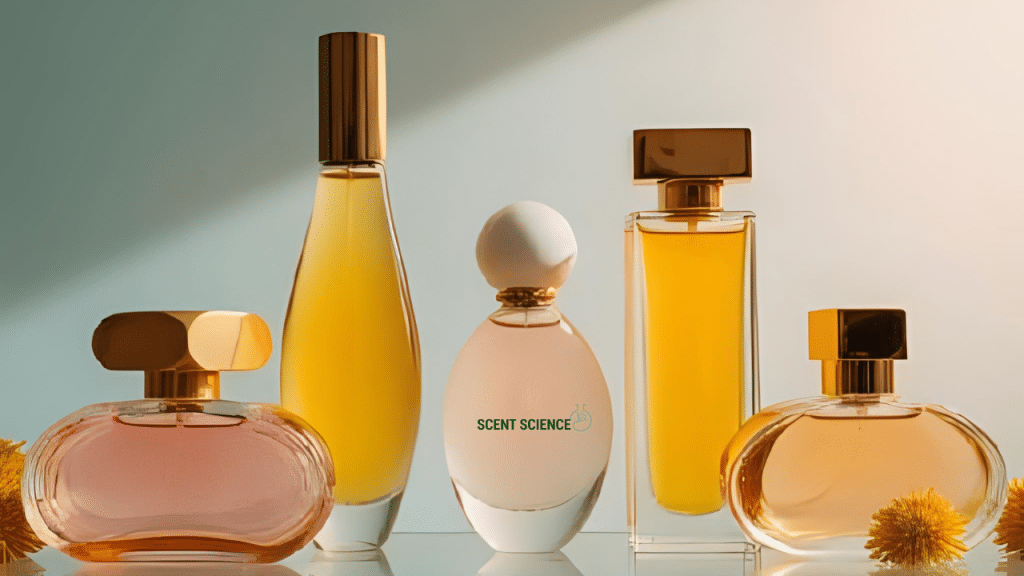
Round 1: Speed and Efficiency
Winner: AI (by a landslide)
- Human perfumers: 2-3 years to develop a new fragrance
- AI systems: 2-3 weeks for initial formulations
AI can test thousands of combinations simultaneously, while human perfumers must test each blend individually and wait for their noses to reset between tests.
Round 2: Cost Effectiveness
Winner: AI
- Human development: $500,000-$2 million per new fragrance
- AI development: $50,000-$200,000 per new fragrance
AI reduces expensive ingredient waste, eliminates failed prototypes, and minimizes the lengthy human testing phases.
Round 3: Market Prediction Accuracy
Winner: AI (surprisingly)
- Human intuition: 60-70% success rate for new fragrances
- AI prediction: 85% accuracy in identifying commercial success
AI’s ability to analyze massive consumer data sets gives it an edge in predicting market response.
Round 4: Creative Innovation
Winner: Humans (for now)
While AI excels at optimizing existing formulas, breakthrough creative innovations still come from human imagination. AI can’t yet conceptualize entirely new fragrance families or create scents that challenge conventional preferences. However, AI perfume creation continues to evolve, blending algorithmic precision with human creativity.
Round 5: Emotional Storytelling
Winner: Humans (by far)
AI can create pleasant scents, but humans still excel at crafting fragrances that tell compelling stories and create deep emotional connections.
Round 6: Cultural Sensitivity
Winner: Humans
Understanding cultural nuances, religious considerations, and regional preferences still requires human insight and empathy.
The Surprising Plot Twist: They’re Better Together
Here’s what nobody expected: the most exciting developments aren’t happening when AI vs human perfumers compete, but when they collaborate. This synergy is exemplified in AI fragrance design guides that help create custom scents with both technical precision and emotional depth.
The Hybrid Approach Revolution
Givaudan’s “Carto” AI System
Master perfumer Calice Becker works alongside Givaudan’s AI system “Carto” to explore scent combinations she never would have considered. The AI suggests unexpected ingredient pairings, while Becker provides the creative vision and emotional intelligence.
IFF’s “Scent Trek” Collaboration
IFF uses AI to handle the technical optimization while human perfumers focus on the creative and emotional aspects. This hybrid approach has cut development time in half while increasing creative output.
L’Oréal’s Predictive Perfumery
L’Oréal’s AI analyzes social media trends, fashion movements, and cultural shifts to predict what emotions consumers will want to experience through scent. Human perfumers then translate these insights into actual fragrances, demonstrating the potential of AI perfume personalization to tailor scents to individual preferences.
Real Success Stories from AI-Human Collaboration
“AI Accord” by Algorithmic Perfumery
This experimental fragrance line uses AI to suggest novel ingredient combinations, then human perfumers refine them for emotional impact. The result? Fragrances that smell familiar yet completely unexpected.
Symrise’s “SymTrap” Technology
Symrise’s AI identifies gaps in the market – scent profiles that consumers want but don’t currently exist. Human perfumers then fill these gaps with targeted creations, highlighting how the viral scent hack in fragrance science is shaping new olfactory landscapes.
The Brands Leading the AI vs Human Perfumers Revolution
Technology-Forward Fragrance Houses
Firmenich: The AI Pioneers
Firmenich has invested over $100 million in AI fragrance technology. Their “AI-designed” fragrances now represent 15% of their new launches, with success rates significantly higher than traditional development methods.
Givaudan: The Collaboration Champions
Rather than replacing perfumers, Givaudan uses AI to supercharge human creativity. Their “naturality prediction” AI can suggest natural alternatives to synthetic ingredients, while human perfumers maintain creative control.
IFF: The Data Maximizers
IFF’s AI systems analyze not just scent combinations, but packaging preferences, marketing language, and even retail placement to predict total fragrance success.
Traditional Houses Embracing Change
Chanel: Protecting Artistry with AI Assistance
Chanel uses AI for technical optimization while maintaining human creative control. Their AI systems help perfumers achieve desired scent profiles more efficiently without compromising artistic vision.
Hermès: Selective AI Integration
Hermès uses AI primarily for ingredient sourcing and quality control, ensuring their master perfumers have access to the finest materials while maintaining traditional creative processes.
Direct-to-Consumer AI Disruptors
Olfactory Labs: Fully AI-Designed Fragrances
This startup creates fragrances entirely through AI analysis of consumer preferences, with human oversight only for safety and quality control.
Scent Trunk: AI-Powered Personalization
Scent Trunk uses AI to create personalized fragrances for individual customers based on their scent preferences, lifestyle data, and even genetic information.
What This Means for You: The Future of Fragrance
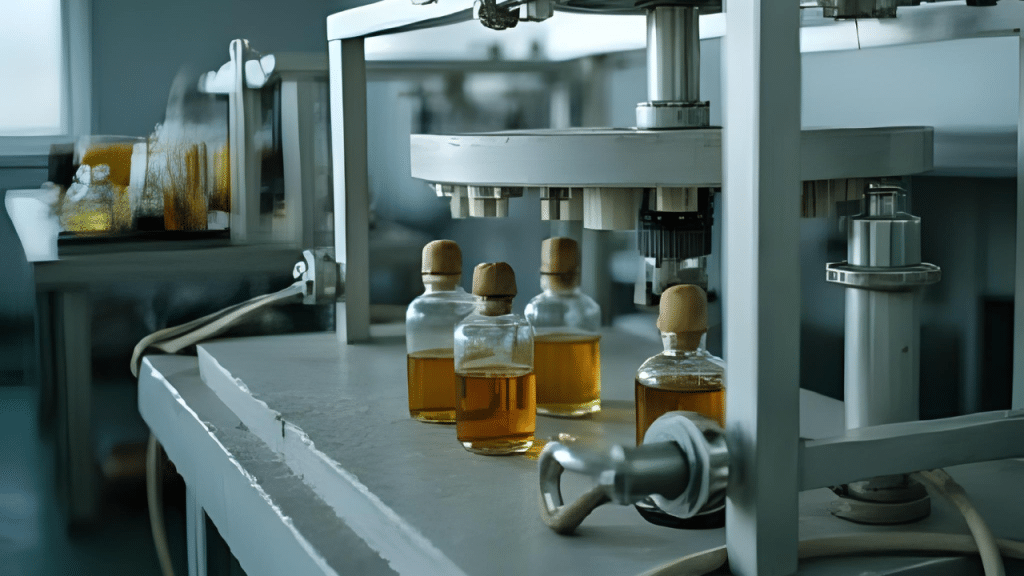
Personalization Like Never Before
Your AI Fragrance Profile
Soon, AI will analyze your scent preferences, body chemistry, lifestyle, and even your social media activity to create truly personalized fragrances. We’re talking about scents designed specifically for your individual chemistry and preferences. This level of customization is outlined in our guide to AI perfume personalization.
Dynamic Fragrances
Imagine fragrances that adapt throughout the day based on your stress levels, heart rate, or even the weather. AI-designed responsive fragrances are already in development.
Instant Custom Creation
AI systems will soon allow you to describe the emotion or memory you want to evoke, and receive a custom fragrance formula within minutes.
Better Quality at Lower Prices
Democratized Luxury
AI efficiency is making high-quality fragrance creation more affordable, potentially bringing luxury-level scents to mass market prices.
Reduced Waste
AI optimization means fewer failed experiments and more precise ingredient usage, making fragrance production more sustainable and cost-effective.
Enhanced Discovery
Predictive Recommendations
AI will become incredibly sophisticated at predicting which new fragrances you’ll love based on your scent history and preferences.
Trend Forecasting
AI analysis of social and cultural trends will help predict fragrance preferences months or years in advance, ensuring new releases align with consumer desires.
The Verdict: Who Really Wins in AI vs Human Perfumers?
Here’s the truth that might surprise you: this isn’t actually a competition.
The future isn’t AI vs human perfumers – it’s AI amplifying human creativity in ways we’re just beginning to understand. The most exciting fragrances being created today combine AI’s analytical power with human emotional intelligence and cultural intuition.
What We’re Learning
AI Excels At:
- Technical optimization and efficiency
- Market prediction and trend analysis
- Cost reduction and waste elimination
- Exploring unexpected ingredient combinations
- Personalizing fragrances for individual consumers
Humans Excel At:
- Emotional storytelling and cultural sensitivity
- Creative breakthrough innovations
- Understanding complex consumer psychology
- Adapting to unexpected market changes
- Creating fragrances that challenge conventions
The Sweet Spot
The most successful fragrance developments now use AI for the technical heavy lifting while preserving human creativity for the emotional and artistic elements. This hybrid approach is producing fragrances that are both commercially successful and artistically satisfying.
Making Sense of the AI vs Human Perfumers Revolution
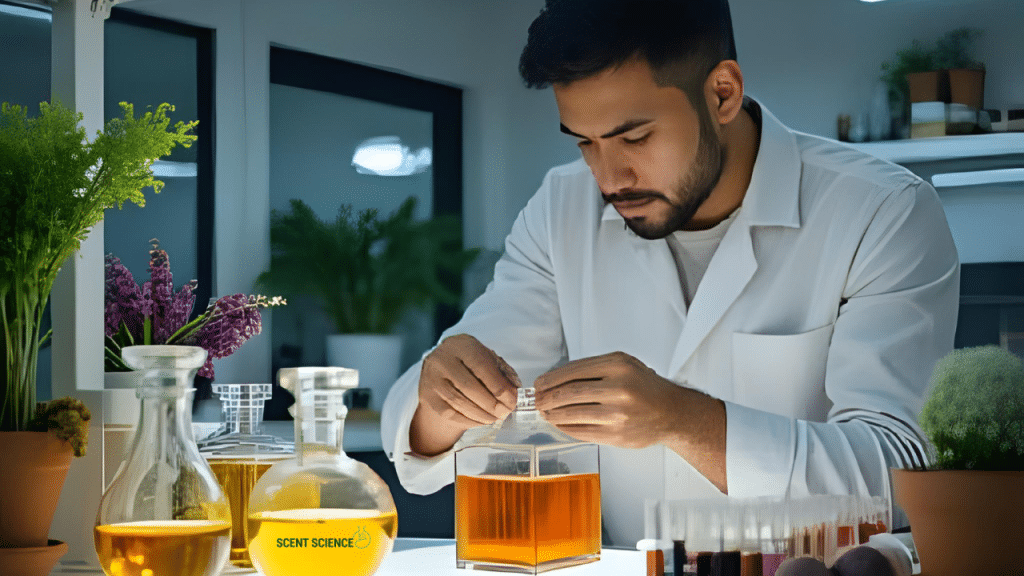
Whether you’re a fragrance enthusiast, industry professional, or just someone who enjoys smelling good, here’s what you need to know:
The quality of AI-assisted fragrances is often indistinguishable from traditional creations. The technology has advanced to the point where AI contributions enhance rather than diminish fragrance quality.
Personalization is about to explode. The combination of AI analysis and human creativity is making truly personalized fragrances accessible for the first time in history.
Traditional artistry isn’t disappearing. Instead, it’s being amplified by technological tools that allow human creativity to explore previously impossible territories.
The future is collaborative, not competitive. The most exciting developments happen when AI analytical power combines with human emotional intelligence and cultural insight.
The nose wars aren’t really wars at all – they’re the birth of a new era where technology and tradition create something more powerful than either could achieve alone.
Top 5 Frequently Asked Questions About AI vs Human Perfumers
Can AI really create fragrances that smell as good as human-designed ones?
Yes, AI-assisted fragrances are often indistinguishable from traditionally created ones in blind tests. Some AI-designed fragrances have even outperformed human-only creations in commercial success and consumer preference studies.
Will AI replace human perfumers completely?
Unlikely. While AI excels at technical optimization and market prediction, humans still lead in creative innovation, emotional storytelling, and cultural sensitivity. The future appears to be collaborative rather than replacement-based.
How do I know if a fragrance was created with AI assistance?
Most brands don’t explicitly advertise AI involvement in fragrance creation. However, if a fragrance was developed unusually quickly (months instead of years) or claims to be “scientifically optimized” for specific demographics, it likely involved AI assistance.
Are AI-designed fragrances more expensive or cheaper?
Generally cheaper. AI reduces development costs, ingredient waste, and time-to-market, which often translates to lower consumer prices. However, some brands position AI-designed fragrances as premium “technology-enhanced” products.
Can I get a completely personalized fragrance created by AI?
Yes, several companies now offer AI-powered personalized fragrances based on your preferences, lifestyle, and even genetic data. Services like Olfactory Labs and Scent Trunk use AI to create individual formulations, though availability and quality vary.
Ready to experience the future of fragrance? Start exploring AI-assisted or personalized fragrance services, and discover how the marriage of technology and artistry is creating scents that are more personal, more effective, and more emotionally resonant than ever before.
Explore our website scentsciencebeauty.com and read more about Fragrance Science and Beauty Technology Trends.
Follow us on Social Media for more!
